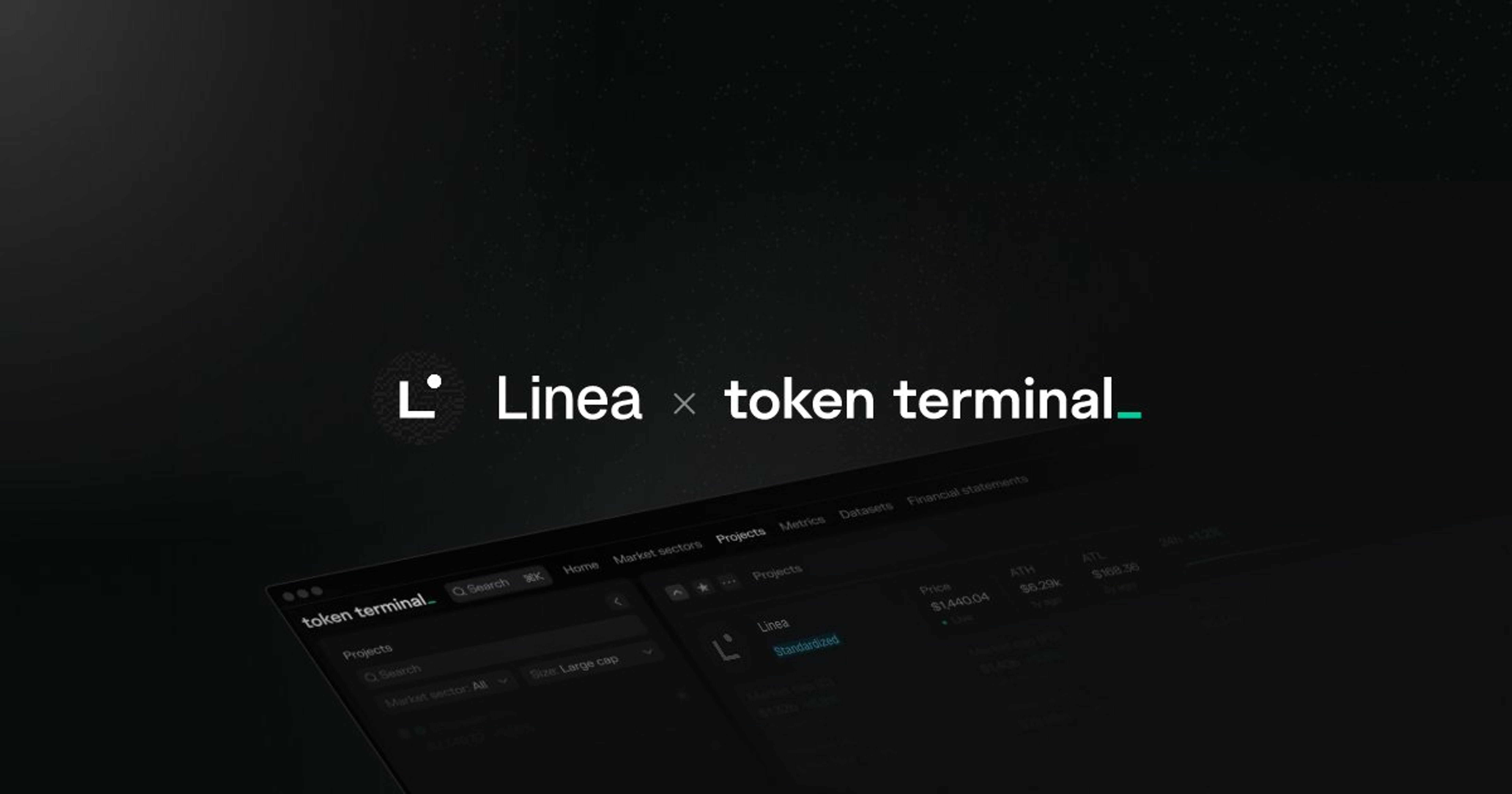Interview
In this blog series, we interview founders from the crypto space to learn more about them and the products they’re building. For our third…

In this blog series, we interview founders from the crypto space to learn more about them and the products they’re building. For our third post, we sat down with Aparna Krishnan, one of the three co-founders of Opyn. Opyn is an Ethereum-based insurance platform that provides DeFi users an easy way to cover their DAI and USDC deposits on Compound and hedge their ETH exposure.
In this interview, we go through topics ranging from the team’s current product focus to future plans.
What is Opyn?
Opyn is an open risk management platform for DeFi. It’s built on top of a generalized options protocol called Convexity.
The goal of Opyn is to provide DeFi users with tools to manage their risk when interacting with different crypto assets and protocols.
Who is the team behind Opyn?
We’re a San Francisco-based team of three: me Aparna (CTO), Alexis (CPO) and Zubin (CEO).
Prior to founding Opyn, we studied together at Berkeley and were actively engaged with the university’s blockchain-related research efforts. I started Blockchain at Berkeley where I taught the world’s largest university accredited blockchain class. Met Zubin and Alexis through B@B! :)
We closed our seed round in January, details of which will come out soon, and are looking to hire an engineer and a head of business strategy and partnerships.
What made you decide to build an options-based insurance platform?
We actually built one product prior to Opyn, a margin trading platform on top of Compound. It wasn’t until long that our users started to ask us what would happen in case Compound got hacked.
The idea for crypto-insurance and Opyn sort of naturally grew from there.
We brainstormed around quite a few different ways of providing insurance, before eventually settling on options. Some of the ideas that were thrown around at that time were e.g. VIX (volatility) tokens, prediction market outcome tokens, etc.
In the end, it came down the question of what we as a team could build and execute on as swiftly as possible — it was then when we decided to go with options-based insurance. Another reason was that options are already widely used for insurance in traditional finance and provide protection against both technical and financial risks, and so it would only make sense for that to exist also in DeFi.
What can crypto-insurance do better than traditional insurance?
Crypto makes insurance more accessible on two different levels.
Firstly, there’s no limit to what you can create options on, as long as there’s someone else willing to take the other side of the trade. Secondly, you only need an Internet connection to access crypto-insurance.
So, you get improved coverage both in terms of availability and price.
How do you think about the scope of the Opyn product?
We are keen to tackle the lack of proper risk management solutions in DeFi.
In our opinion, the best way for us to accomplish that is by focusing our efforts on building the most liquid and secure options platform in DeFi.
We’re proponents of the modular nature of crypto and open-source. Instead of us trying to build everything in house, we are excited to have other teams build on top of the features Opyn.
Initially, our core user base consists of DeFi enthusiasts who aren’t necessarily as risk-on and who are looking for an easy way to insure or hedge their exposure.
What’s the most important feature of an option (oToken)?
Liquidity, liquidity, liquidity.
Only the most liquid markets provide an adequate level of user protection. We’re confident that as DeFi matures, plenty of more liquidity will flow into these markets.
As more user-facing applications, especially those targeted towards more advanced users, start to integrate Opyn, we’ll start to see a natural increase in the liquidity funnel.
For now, we see the most demand for both upward and downward protection on ETH. The same is true for BTC, which we’re exploring to make accessible to our users through protocol bridges such as tBTC.
What kind of user-interfaces do you think will choose to integrate Opyn?
Wallets and other personal finance management tools are an obvious answer. Also, different kinds of betting applications are a natural fit, since insurance serves a natural hedging purpose.
Although, we have high hopes for the permissionless innovation that crypto enables.
It’s really the non-obvious or the “crypto-native” use cases that have yet to emerge that make us excited about the future.
What is your view on competing crypto insurance providers?
Crypto is such a unique community where the better off one project is, the better off we all are. We like to see it more as we are all working towards the same mission, a better and more secure financial system. In this new financial system, the more approaches to risk management that exist, the better it is for users! Bitcoin and Ethereum are not competitors, rather they are complementary. Similarly, we think that the existence of complementary risk management tools is great for DeFi.
As we’ve already seen, DeFi adoption will not come without growing pains. It’s important that we have the right kind of tools available for users to hedge all aspects of risk — be it human, financial and/or technical.
Our focus is to make sure that end-users’ funds are protected in all possible scenarios. The different put option strategies available through Opyn work well for abstracting away risks from end-users.
Also, the fact that oTokens are tradeable on secondary markets is another competitive advantage of Opyn. Having the ability to trade options increases their payoff and thus makes them more financially attractive to users.
What’s Opyn’s business model?
Two straightforward ways for us to monetize would be through transaction fees or by launching a native token.
Although for now, we’re focused on building Opyn into the most secure and liquid options platform in DeFi. We’re sure that there will be several ways to monetize a successful product later on.
Can you give us a hint about some upcoming protocol features?
Without revealing too much, I can tell you that there will be a v2 that includes features that make it more interesting to be an LP for Opyn (not just an options buyer or a seller).
Do you intend to make Opyn decentralized and community-governed later on?
Yes, we want the protocol to become community-governed over time.
We’ve thought about different ways to accomplish this. One way is to go via the Compound route and launch a governance token. Another way would be to minimize the role of governance altogether at some point, similar to e.g. Uniswap.
Whichever option (pun intended) we choose, it’s important for us to progressively decentralize the protocol. In the early days, it makes sense for us, the core team, to move quickly and iterate to best serve our users, but as the protocol matures into a global infrastructure piece, it’s vital that the stakeholders who benefit from it the most have a say in how Opyn is governed.
What does the world look like in ten years when crypto and Opyn have won?
We’re just really excited to bring DeFi to the masses.
And, if I eventually get my grandma to open up an Opyn-insured Compound savings account, then, I’d say we’ve reached that goal.
You can find more information about Opyn on their Website, Twitter, Medium, Discord, and Github accounts.
The Token Terminal team had a blast doing this interview and is looking to do many more similar interviews in the future. DM us on Twitter in case you would like to chat with us or if you know someone we should be in contact with.
The authors of this content, or members, affiliates, or stakeholders of Token Terminal may be participating or are invested in protocols or tokens mentioned herein. The foregoing statement acts as a disclosure of potential conflicts of interest and is not a recommendation to purchase or invest in any token or participate in any protocol. Token Terminal does not recommend any particular course of action in relation to any token or protocol. The content herein is meant purely for educational and informational purposes only, and should not be relied upon as financial, investment, legal, tax or any other professional or other advice. None of the content and information herein is presented to induce or to attempt to induce any reader or other person to buy, sell or hold any token or participate in any protocol or enter into, or offer to enter into, any agreement for or with a view to buying or selling any token or participating in any protocol. Statements made herein (including statements of opinion, if any) are wholly generic and not tailored to take into account the personal needs and unique circumstances of any reader or any other person. Readers are strongly urged to exercise caution and have regard to their own personal needs and circumstances before making any decision to buy or sell any token or participate in any protocol. Observations and views expressed herein may be changed by Token Terminal at any time without notice. Token Terminal accepts no liability whatsoever for any losses or liabilities arising from the use of or reliance on any of this content.
Stay in the loop
Join our mailing list to get the latest insights!
Continue reading

Customer stories: Token Terminal’s Data Partnership with Linea
Through its partnership with Token Terminal, Linea turns transparency into a competitive advantage and continues to build trust with its growing community.

Introducing Tokenized Assets
Token Terminal is expanding its standardized onchain analytics to cover the rapidly growing category of tokenized real-world assets (RWAs) – starting with stablecoins, tokenized funds, and tokenized stocks.

Customer stories: Token Terminal’s Data Partnership with EigenCloud
Through its partnership with Token Terminal, EigenCloud turns transparency into a competitive advantage and continues to build trust with its growing community.